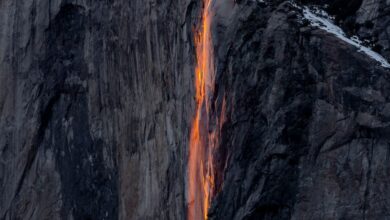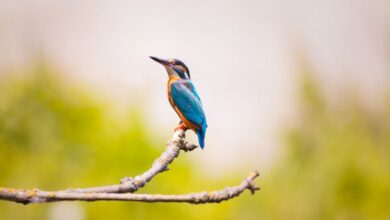Can You Go on a Wildlife Safari in the City
Cities are often associated with bustling streets, towering skyscrapers, and a frenetic pace of life. However, what if I told you that these urban jungles also hold the potential for thrilling wildlife experiences? Many cities around the world are embracing green spaces and creating environments where wildlife can thrive. From urban parks to innovative wildlife initiatives, the concept of a city safari is becoming more popular.
Urban Parks as Wildlife Sanctuaries
Urban parks provide a unique opportunity to observe wildlife in a setting that blends nature with the city. Places like Central Park in New York City or Griffith Park in Los Angeles offer diverse habitats that attract various species. Birdwatchers can spot everything from American robins to majestic red-tailed hawks. Insects, such as butterflies and bees, flit among the flowers, while small mammals like squirrels and raccoons scurry about, adding to the urban wildlife spectacle.
In addition to birds and small mammals, some parks are home to larger animals. For instance, the alligator population in the wetlands of City Park in New Orleans showcases how nature can coexist with urban development. By visiting these parks, you can enjoy the thrill of spotting wildlife without leaving the city limits.
Community Initiatives to Promote Urban Biodiversity
Cities are increasingly recognizing the importance of biodiversity and implementing initiatives to encourage wildlife habitats. Many urban areas have adopted programs to create green corridors, which are strips of natural habitat that connect parks and green spaces. These corridors facilitate animal movement and help maintain genetic diversity among urban wildlife populations.
Community gardens and rooftop farms are also sprouting up in cities, providing not only fresh produce but also habitats for pollinators and other wildlife. These initiatives not only benefit local ecosystems but also engage residents in sustainable practices, making nature accessible to everyone.
Wildlife Tours and Educational Programs
For those eager to experience urban wildlife more intimately, wildlife tours and educational programs are gaining traction. Guided tours led by local naturalists can take you through city parks and green spaces, highlighting the flora and fauna that often go unnoticed. Participants learn about local wildlife, their habitats, and conservation efforts, transforming a simple walk into an educational adventure.
Educational programs, often organized by wildlife organizations or community groups, help raise awareness about the importance of preserving urban ecosystems. Workshops, nature walks, and volunteer opportunities in these programs allow residents to connect with their local wildlife and contribute to conservation efforts.
Spotting Wildlife in Unexpected Places
Cities can surprise even the most seasoned urban explorer with unexpected wildlife sightings. Have you ever seen a fox trotting down a city street or a hawk perched on a lamppost? Urban wildlife is incredibly adaptable, often finding ways to thrive in environments dominated by humans. As dusk falls, you might catch a glimpse of deer wandering through a quiet neighborhood or owls hooting from a nearby tree.
Many cities have embraced the concept of “wildlife cameras,” which allow residents to observe animals in real-time from the comfort of their homes. These cameras capture the fascinating behavior of urban wildlife, from playful raccoons to stealthy coyotes, providing a unique glimpse into their lives.
Nature-Friendly City Planning
Cities are gradually shifting toward eco-friendly planning, incorporating green roofs, vertical gardens, and wildlife-friendly structures into their designs. Such initiatives not only enhance the aesthetic appeal of urban landscapes but also provide crucial habitats for birds, insects, and small mammals. By integrating nature into urban planning, cities can create sustainable environments that support both human and wildlife populations.
Additionally, city planners are increasingly considering the needs of wildlife when designing infrastructure. Wildlife crossings, such as overpasses and underpasses, allow animals to safely navigate busy roads, reducing accidents and promoting biodiversity.
Embracing Urban Wildlife
A wildlife safari in the city is more than just a possibility; it’s an exciting reality. Urban parks, community initiatives, educational programs, and innovative city planning are transforming metropolitan areas into vibrant ecosystems. By embracing the wildlife around us, we can foster a deeper connection with nature, even amidst the concrete and glass of city life. Whether you’re a nature enthusiast or a curious urbanite, the adventure of discovering wildlife in your city awaits. So, grab your binoculars and take a stroll through your local park—you never know what you might encounter!







